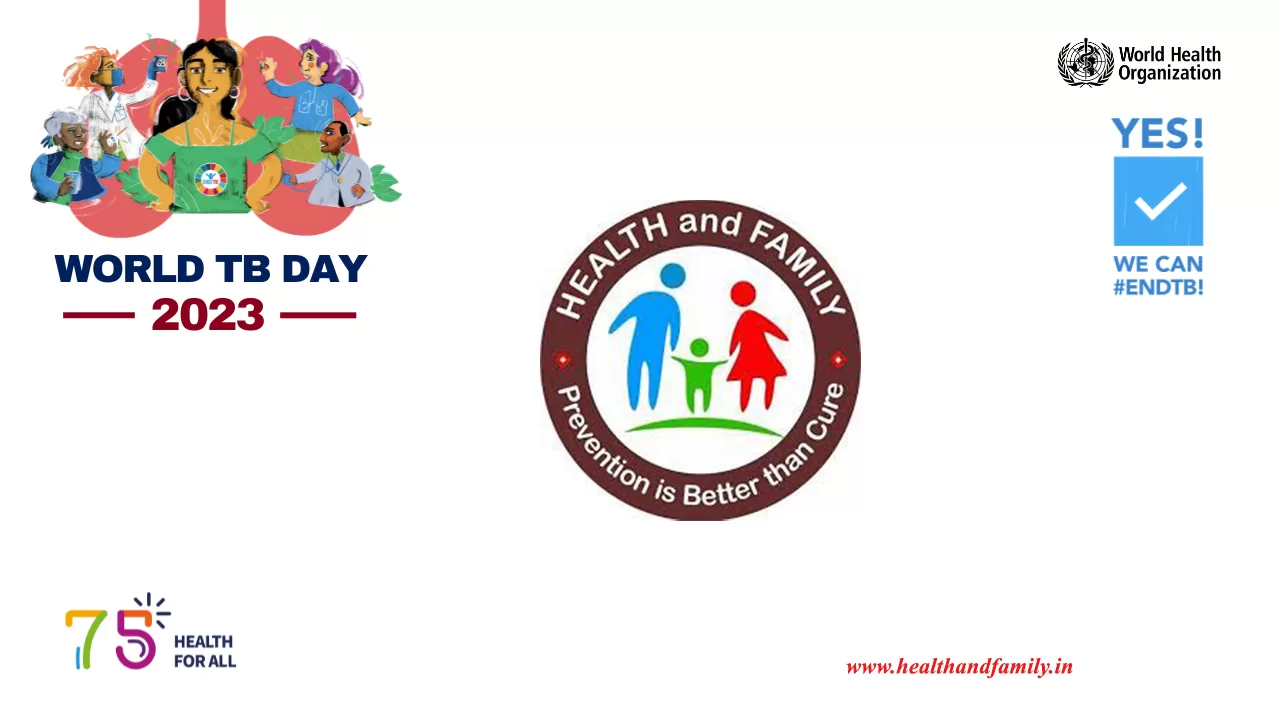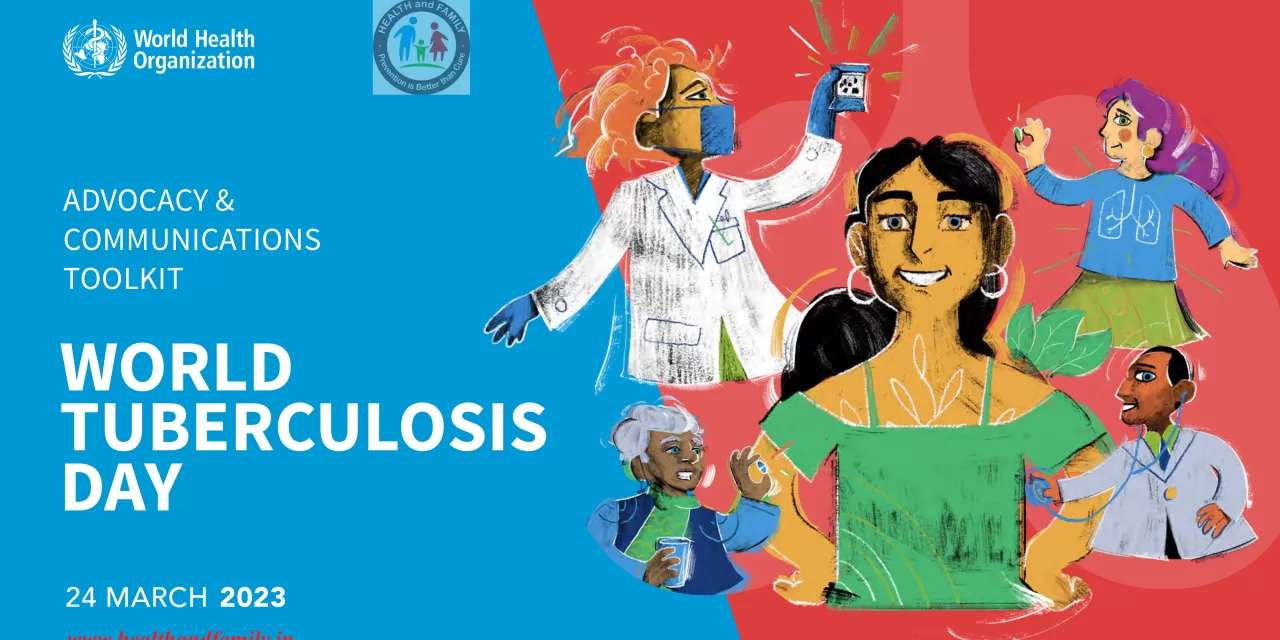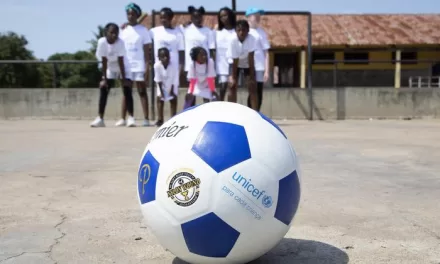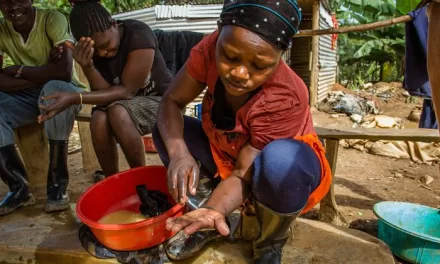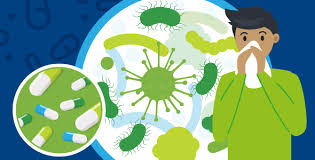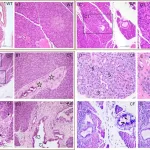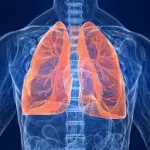About World TB Day – Background
TB remains one of the world’s deadliest infectious killers. Each day, close to 4400 people lose their lives to TB and close to 30,000 people fall ill with this preventable and curable disease. Global efforts to combat TB have saved an estimated 74 million lives since the year 2000. However, the COVID-19 pandemic, coupled with conflicts across Europe, Africa and the Middle East and socioeconomic inequities, has reversed years of progress made in the fight to end TB, and placed an even heavier burden on those affected, especially the most vulnerable. In its latest Global Tuberculosis Report, WHO highlighted that for the first time in over a decade, estimated TB incidence and deaths have increased.
Tuberculosis
- A total of 1.6 million people died from TB in 2021 (including 187 000 people with HIV). Worldwide, TB is the 13th leading cause of death and the second leading infectious killer after COVID-19 (above HIV/AIDS).
- In 2021, an estimated 10.6 million people fell ill with tuberculosis(TB) worldwide. Six million men, 3.4 million women and 1.2 million children. TB is present in all countries and age groups. But TB is curable and preventable.
- In 2021, 1.2 million children fell ill with TB globally. Child and adolescent TB is often overlooked by health providers and can be difficult to diagnose and treat.
- In 2021, the 30 high TB burden countries accounted for 87% of new TB cases
- Multidrug-resistant TB (MDR-TB) remains a public health crisis and a health security threat. Only about one in three people with drug resistant TB accessed treatment in 2020.
- Globally, TB incidence is falling at about 2% per year and between 2015 and 2020 the cumulative reduction was 11%. This was over half way to the End TB Strategy milestone of 20% reduction between 2015 and 2020.
- An estimated 66 million lives were saved through TB diagnosis and treatment between 2000 and 2020.
- Globally, close to one in two TB-affected households face costs higher than 20% of their household income, according to latest national TB patient cost survey data. The world did not reach the milestone of 0% TB patients and their households facing catastrophic costs as a result of TB disease by 2020.
- By 2022, US$ 13 billion is needed annually for TB prevention, diagnosis, treatment and care to achieve the global target agreed at the UN high level-meeting on TB in 2018.
- Funding in low- and middle-income countries (LMICs) that account for 98% of reported TB cases falls far short of what is needed. Spending in 2020 amounted to US$ 5.3 billion less than half (41%) of the global target.
- There was an 8.7% decline in spending between 2019 and 2020 (from US$ 5.8 billion to US$ 5.3 billion), with TB funding in 2020 back to the level of 2016.
- Ending the TB epidemic by 2030 is among the health targets of the United Nations Sustainable Development Goals (SDGs).
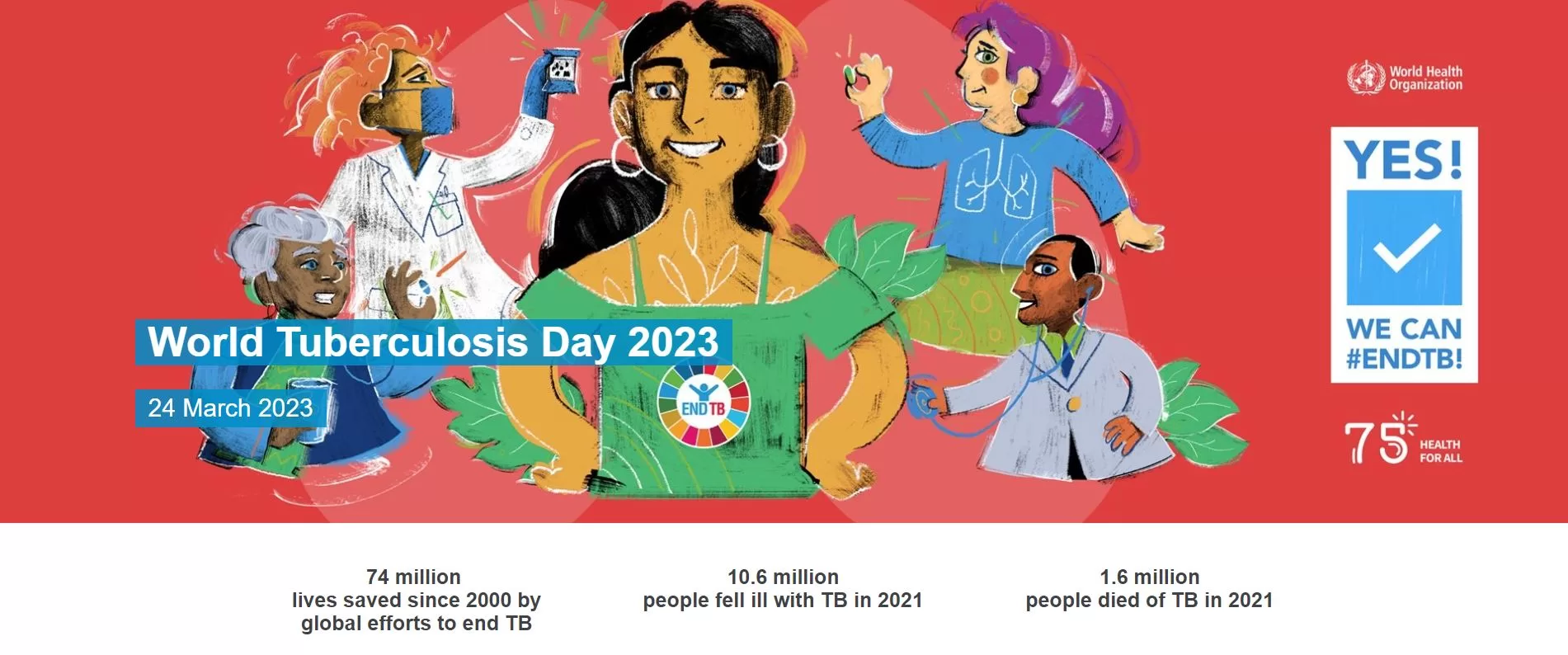
Tuberculosis (TB) is caused by bacteria (Mycobacterium tuberculosis) that most often affect the lungs. Tuberculosis is curable and preventable.
TB is spread from person to person through the air. When people with lung TB cough, sneeze or spit, they propel the TB germs into the air. A person needs to inhale only a few of these germs to become infected.
About a quarter of the global population is estimated to have been infected with TB bacteria, but most people will not go on to develop TB disease and some will clear the infection. Those who are infected but not (yet) ill with the disease cannot transmit it.
People infected with TB bacteria have a 5–10% lifetime risk of falling ill with TB. Those with compromised immune systems, such as people living with HIV, malnutrition or diabetes, or people who use tobacco, have a higher risk of falling ill.
When a person develops active TB disease, the symptoms (such as cough, fever, night sweats, or weight loss) may be mild for many months. This can lead to delays in seeking care, and results in the transmission of the bacteria to others. People with active TB can infect 5–15 other people through close contact over the course of a year. Without proper treatment, 45% of HIV-negative people with TB on average and nearly all HIV-positive people with TB will die.
Who is most at risk?
Tuberculosis mostly affects adults in their most productive years. However, all age groups are at risk. Over 80% of cases and deaths are in low- and middle-income countries.
People who are infected with HIV are 16 times more likely to develop active TB (see TB and HIV section below). The risk of active TB is also greater in persons suffering from other conditions that impair the immune system. People with undernutrition are 3 times more at risk. Globally in 2021, there were 2.2 million new TB cases that were attributable to undernutrition.
Alcohol use disorder and tobacco smoking increase the risk of TB. In 2021, 0.74 million new TB cases worldwide were attributable to alcohol use disorder and 0.69 million were attributable to smoking.
Global impact of TB
TB occurs in every part of the world. In 2021, the largest number of new TB cases occurred in the WHO South-East Asian Region, with 46% of new cases, followed by the WHO African Region, with 23% of new cases and the WHO Western Pacific with 18%.
In 2020, 87% of new TB cases occurred in the 30 high TB burden countries. Eight countries accounted for more than two thirds of the global total: India, Indonesia, China, the Philippines, Pakistan, Nigeria, Bangladesh and the Democratic Republic of the Congo.
Symptoms and diagnosis
Common symptoms of active lung TB are cough with sputum and blood at times, chest pains, weakness, weight loss, fever and night sweats. WHO recommends the use of rapid molecular diagnostic tests as the initial diagnostic test in all persons with signs and symptoms of TB as they have high diagnostic accuracy and will lead to major improvements in the early detection of TB and drug-resistant TB. Rapid tests recommended by WHO are the Xpert MTB/RIF Ultra and Truenat assays.
Diagnosing multidrug-resistant and other resistant forms of TB (see Multidrug-resistant TB section below) as well as HIV-associated TB can be complex and expensive.
Tuberculosis is particularly difficult to diagnose in children.
Treatment
TB is a treatable and curable disease. Drug-susceptible TB disease is treated with a standard 4-month or 6-month course of 4 antimicrobial drugs that are provided with support to the patient by a health worker or trained treatment supporter. Without such support, treatment adherence is more difficult.
Since 2000, an estimated 74 million lives were saved through TB diagnosis and treatment.
TB and HIV
People living with HIV are 16 (Uncertainty interval: 14–18) times more likely to fall ill with TB disease than people without HIV.
HIV and TB form a lethal combination, each speeding the other’s progress. In 2021, about 187 000 people died of HIV-associated TB. The percentage of notified TB patients who had a documented HIV test result in 2021 was only 76%, up from 73% in 2020. The WHO African Region, has the highest burden of HIV-associated TB Overall in 2021, only 46% of TB patients known to be living with HIV were on ART.
WHO recommends a 12-component approach of collaborative TB-HIV activities, including actions for prevention and treatment of infection and disease, to reduce deaths.
Multidrug-resistant TB
TB medicines have been used for decades and strains that are resistant to one or more of the medicines have been documented in every country surveyed. Drug resistance emerges when TB medicines are used inappropriately, through incorrect prescription by health care providers, poor quality drugs, and patients stopping treatment prematurely.
Multidrug-resistant tuberculosis (MDR-TB) is a form of TB caused by bacteria that do not respond to isoniazid and rifampicin, the 2 most effective first-line TB drugs. MDR-TB is treatable and curable by using second-line drugs. However, second-line treatment options are limited and require extensive chemotherapy (of at least 9 months and up to 20 months of treatment) with medicines that are expensive and toxic.
In some cases, more extensive drug resistance can develop. TB caused by bacteria that do not respond to the most effective second-line TB drugs can leave patients with limited treatment options.
MDR-TB remains a public health crisis and a health security threat.
In accordance with WHO guidelines, detection of MDR/RR-TB requires bacteriological confirmation of TB and testing for drug resistance using rapid molecular tests, culture methods or sequencing technologies.
Treatment of MDR/RR-TB requires a course of second-line drugs for at least 9 months and up to 20 months, supported by counselling and monitoring for adverse events. WHO recommends expanded access to all-oral regimens.
Only about one in three people with drug resistant TB accessed treatment in 2020.
Worldwide in 2019, the treatment success rate of MDR/RR-TB patients was 60%. In 2020, WHO recommended a new shorter (9–11 months) and fully oral regimen for patients with MDB-TB. Research findings have shown that patients find it easier to complete the regimen, compared with the longer regimens that last up to 20 months. Resistance to fluoroquinolones should be excluded prior to the initiation of treatment with this regimen.
By the end of 2021, 92 countries started using shorter MDR-TB treatment regimens and 109 had started using bedaquiline, in an effort to improve the effectiveness of MDR-TB treatment.
Catastrophic cost
WHO’s End TB Strategy target of “No TB patients and their households facing catastrophic costs as a result of TB disease”, monitored by countries and WHO since WHA67.1 End TB Strategy was adopted in 2015, shows that the world did not reach the milestone of 0% by 2020.
According to the results of 27 national surveys on costs faced by TB patients and their households, the percentage facing catastrophic costs* ranged from 13% to 92% and the pooled average, weighted for each country’s number of notified cases, was 48%
*total costs > 20% annual household income
Investments in TB prevention, diagnosis and treatment and research
US$ 13 billion are needed annually for TB prevention, diagnosis, treatment and care to achieve global targets agreed on at the UN high level-TB meeting.
- There was a decline in global spending on essential TB services from US$ 6.0 billion in 2019 to US$ 5.4 billion in 2021, which is less than half of the global target.
- Of the US$5.4 billion spent on tuberculosis care and services in 2021, 79% was from domestic sources, with the BRICS countries (Brazil, Russian Federation, India, China and South Africa) accounting for US$2.7 billion (64% of total domestic funding).
In low- and middle-income countries, international donor funding remains crucial. The main source is the Global Fund to Fight AIDS, Tuberculosis and Malaria (the Global Fund).
- The United States (US) Government is the largest contributor of funding to the Global Fund and also the largest bilateral donor; overall, it contributes close to 50% of international donor funding for TB.
- For research and development, according to the Treatment Action Group, only US$ 0.9 billion were available in 2020 of the US$2 billion required per year to accelerate the development of new tools. At least an extra US$ 1.1 billion per year is needed to accelerate the development of new tools.
